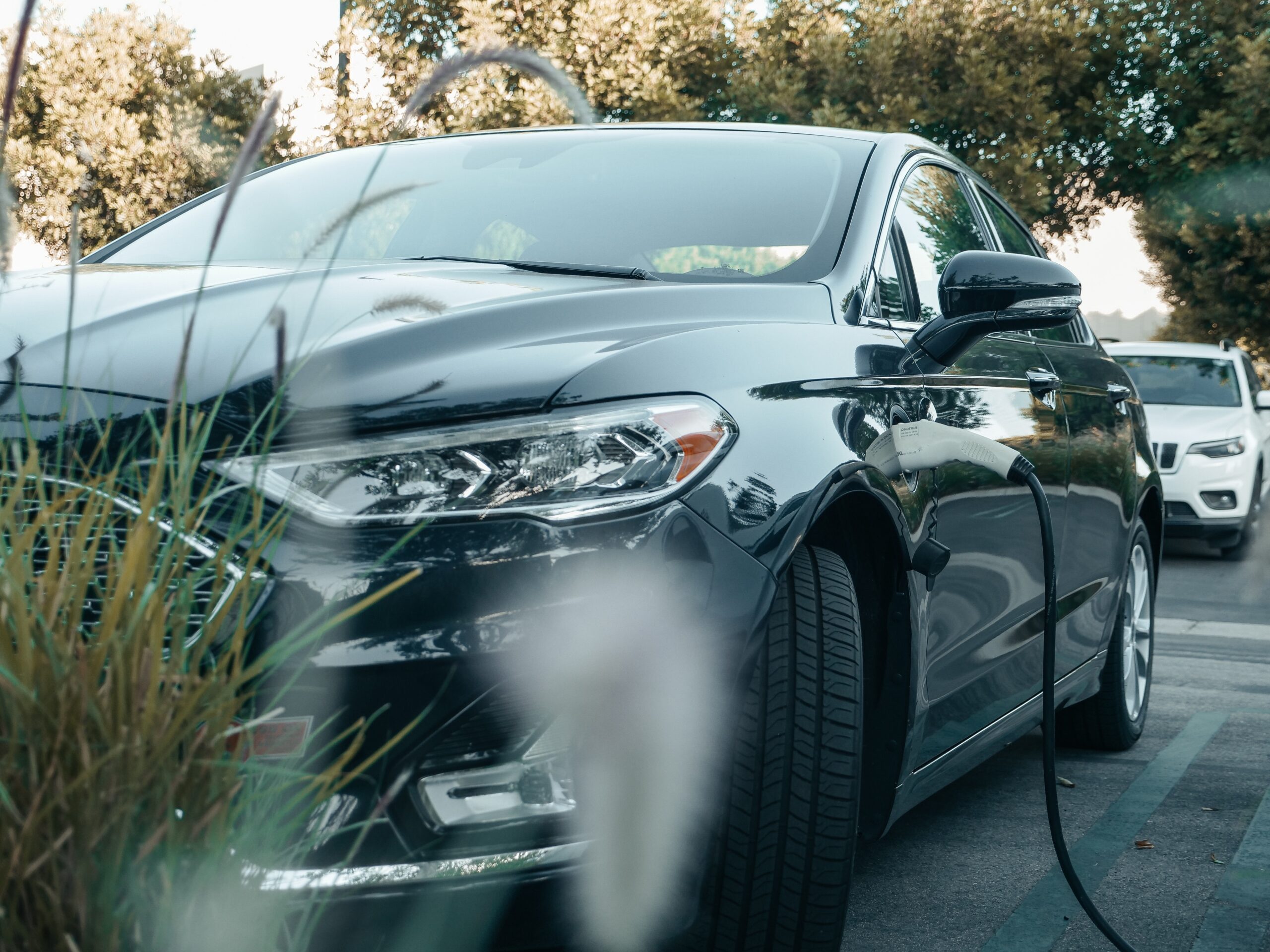FBT exemption for electric vehicles
The new law introduces an electric car discount in the form of an FBT exemption. This allows for car fringe benefits comprising the use or availability for use of an eligible car that is a zero or low emissions vehicle to be exempt from FBT.
Specifically, a car benefit will be an exempt benefit for a year of tax if:
■ the car is a zero or low emissions vehicle (note the scheme has been extended to include plug-in electric and internal combustion hybrids until 1 April 2025)
■ the value of the car at the first retail sale was below the luxury car tax threshold for fuel efficient vehicles (currently $84,916), and
■ the car is first held and used on or after 1 July 2022.
The FBT exemption would mean a customer with a gross income of $95,000 using a 36-month novated lease through their employer to purchase a 2022 Tesla model Y would see their take-home pay reduced by $1,364 a month, compared to $1,863 under the current rules, according to Inside Edge.
Over the course of the lease, the total saving to the buyer would be $29,451 compared to a standard car loan.
Employers are the other big winners from the changes, which will remove the FBT liability on company-owned electric vehicles provided as part of a salary package for personal use by employees. Under the earlier example, a Tesla valued at $64,000 currently results in a company FBT charge of around $12,500, according to Treasury calculations. This would be reduced to nil where the conditions above are met. Car fringe benefits that are exempt from FBT will continue to be included in the employee’s individual fringe benefits amount for the purposes of determining the employee’s reportable fringe benefits amount for each FBT year in which the exempt benefit is provided.
Your reportable fringe benefits amount is used for:
■ calculating your liability for the Medicare levy surcharge
■ calculating your adjusted taxable income in determining whether a child is a dependant for Medicare levy purposes
■ determining your entitlement to the private health insurance rebate
■ determining whether you are liable for Division 293 tax for superannuation contributions
■ determining your eligibility for the government co-contribution for personal superannuation co-contributions you made
■ determining your eligibility for the low-income super tax offset for concessional (before tax) super contributions you or your employer pays into your super fund
■ determining whether you can offset your business loss against other income (non-commercial losses)
■ working out if you are entitled to reduce your employee share scheme discount
■ working out the amount you must repay against your
– Higher Education Loan Program (HELP)
– Vocational Education and Training Student Loan (VETSL)
– Student Financial Supplement Scheme (SFSS)
– Student Start-up Loan (SSL)
– ABSTUDY Student Start-up Loan (ABSTUDY SSL)
– Trade Support Loan (TSL) debt
■ determining your entitlement to a tax offset for
– contributions you made to your spouse’s superannuation
– invalid and invalid carer
– zone or overseas forces
– Medicare levy surcharge (lump sum payment in arrears)
– seniors and pensioner
■ determining your eligibility for family assistance payments, including
– Family Tax Benefit Part A and Part B
– Child Care Subsidy
– Parental Leave Pay
– Dad and Partner Pay
■ working out your child support obligations.
Please Contact the TNR team if you would like to know more about this new law and if you have if you have any queries regarding the FBT exemption for electric vehicles.
Important: The information contained in this post / article is not advice. Readers should not act solely on the basis of material contained in this post. Items herein are general comments only and do not constitute or convey advice per se. We recommend that our formal advice be sought before acting on anything contained in this post.

